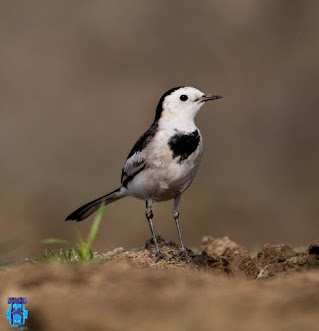Bengali: দাগী বসন্তবৌরি, গোরখুদ, বেঘবৌ
Scientific Name: Psilopogon lineatus
IUCN: Least Concern
Descriptions: Luminous green barbet. Similar to Brown-headed Barbet and White-cheeked Barbet but bold white streaking on head and breast, large bare yellow eye patch, whitish chin and throat. Uniform unspotted wing coverts.
Food: They primarily feed on fruits, but will also eat a wide range of insects, such as ants, cicadas, dragonflies, crickets, locusts, beetles, moths and mantids.
Habitation: Moist broadleaved forest, open woodland and roadside avenues with fruiting trees.
Distribution: Distributed in India, Nepal, Bhutan, Bangladesh, southeast Asia and China.

















